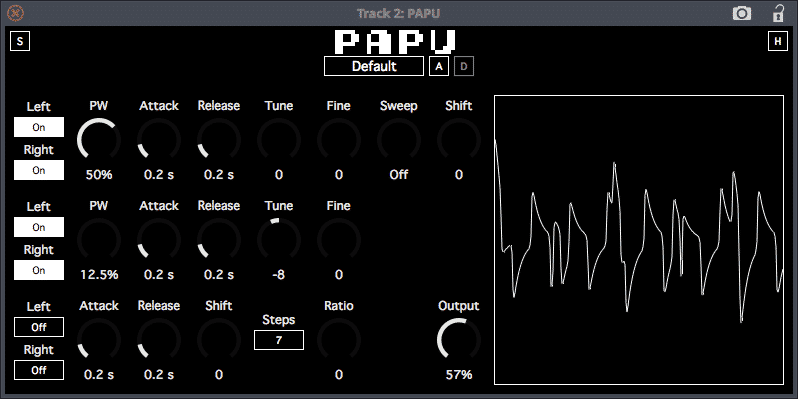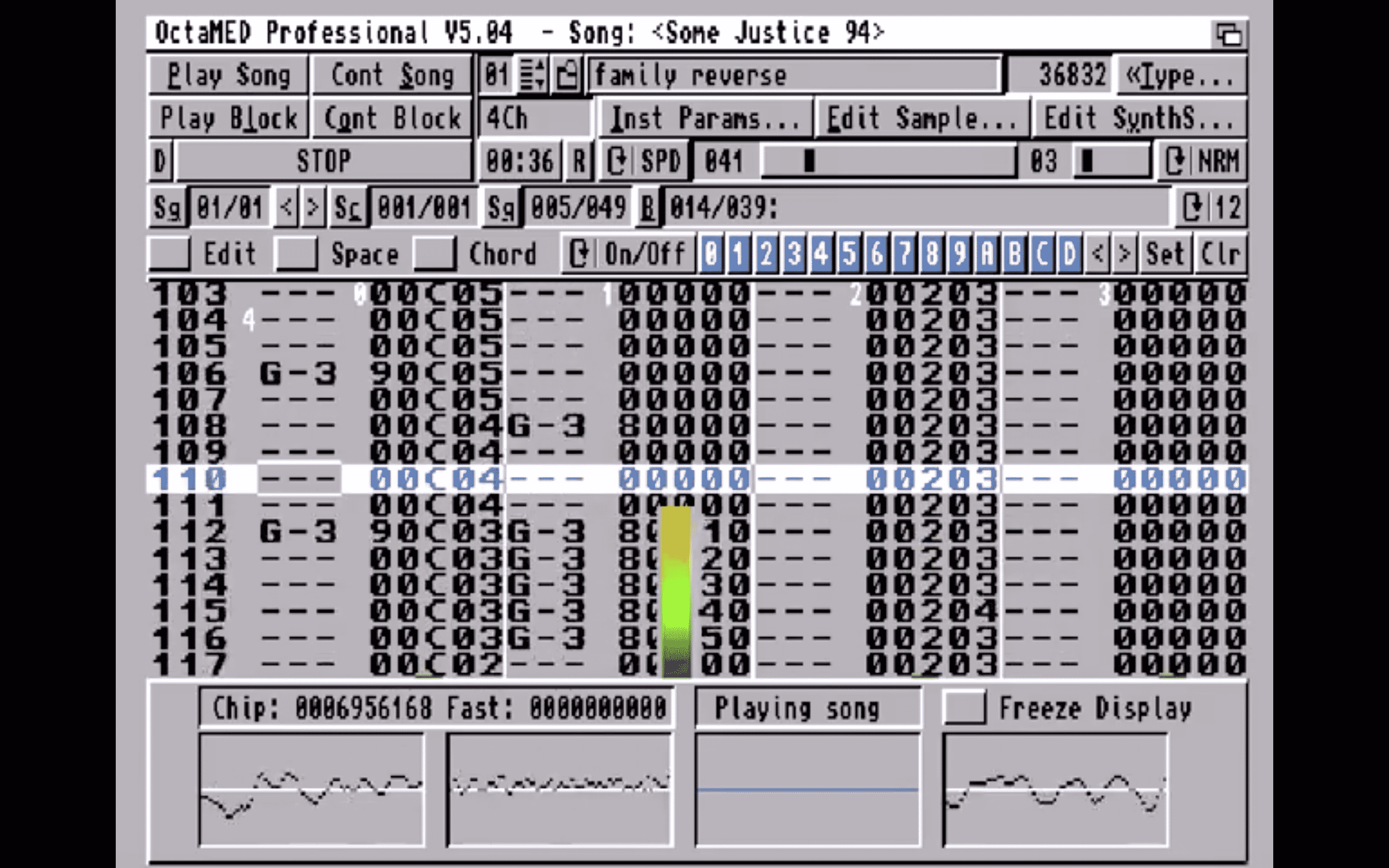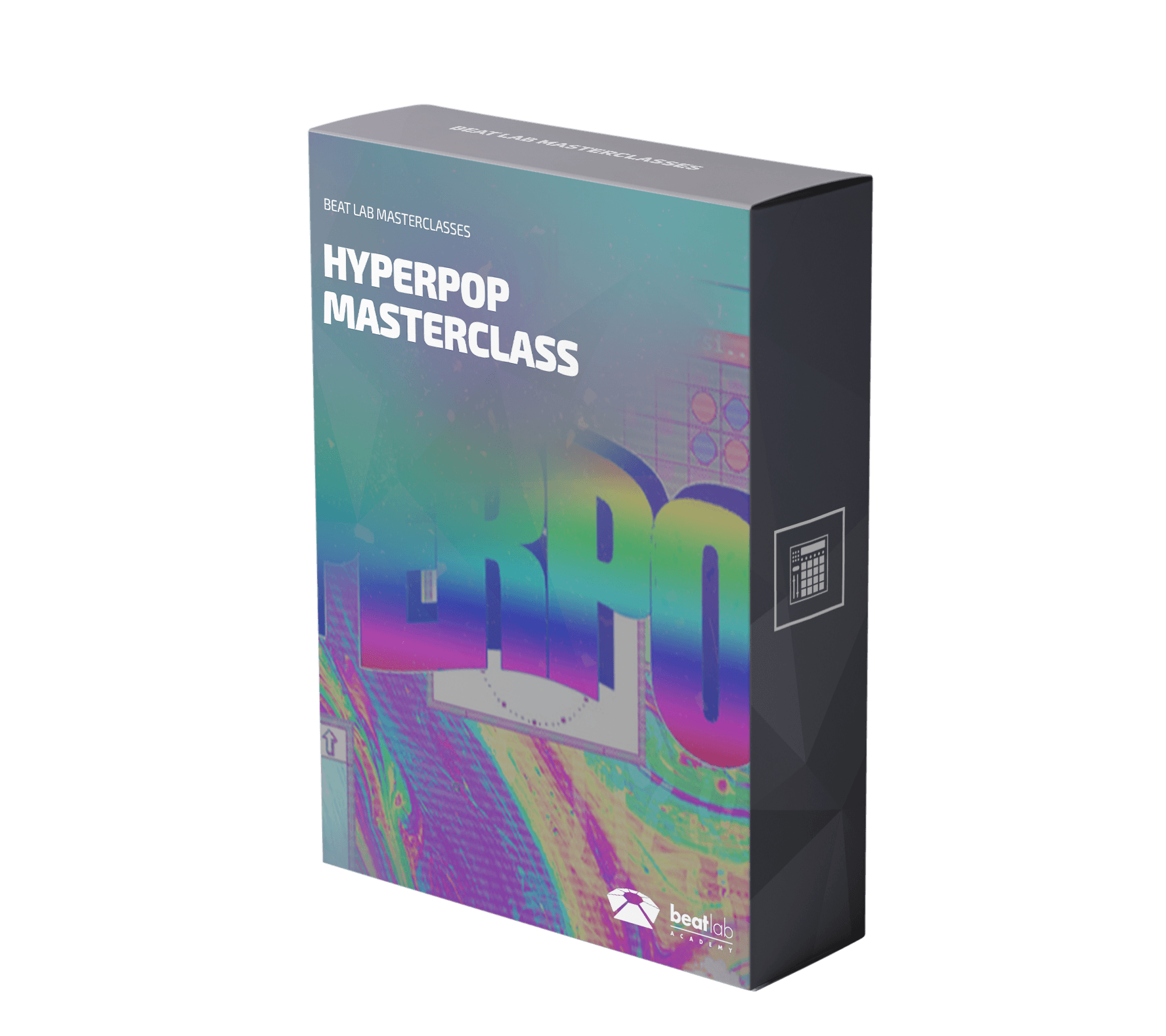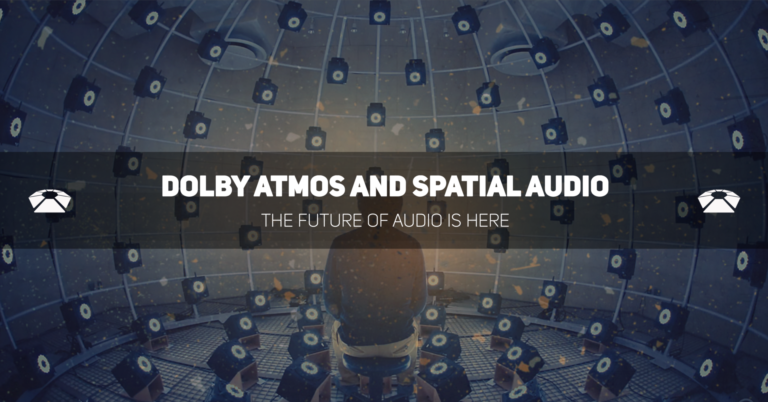Free Mellotron Choir Instrument Rack | Beat Lab Exclusive
The mellotron is now a classic, vintage instrument that made its mark on legendary tracks like The Beatles' "Strawberry Fields Forever" and David Bowie's "Space Oddity". The instrument had a spacey and haunting vibe that hadn't been heard before in the 1960s. It behaved like a pre-cursor to our modern samplers as well. Sound was created by a section of magnetic tape connected to the keys that would playback when a key or keys were depressed, and playback would then stop when the keys were released. This allowed for a variety of sounds depending what instrument or sound was recorded onto the magnetic tape. The mellotron was designed to replicate the sound of the original instrument, but replaying a tape created minor fluctuations in pitch and amplitude.
So a note sounded slightly different each time it was played. How hard a player hit a key affected the sound as well. Another distinction in the sound of the mellotron was that each "sampled" note was recorded in isolation and so the sound had hints of being natural and unnatural at the same time.
SubmitHub – A Review of the Reviewing Service (Special Guide)
This week we'll be doing a review of the blog/label submission service - SubmitHub. The service was created by Jason Grishkoff of Indie Shuffle for the purpose of simplifying the song submission process, he knew that blogs/labels want music and that artists want exposure, reviews, and signing. In Josh's own words, "The goal of the website is to centralize the disorganized process of submitting to music blogs. We're here to help curators and artists connect. It's up to them to take it from there :) ".
We had a chance to see the blog review process from the beginning and wanted to share the experience with you.
Game On! – PAPU, Free Nintendo Gameboy Plugin
This week we took a look at a FREE plugin by Socalabs called 'PAPU' which emulates the Game Boy Sound System (or GBS) found in the OG Nintendo Gameboy.
The synth has 2 square-wave oscillators that each can be modulated by Attack and Release, Tune and Finetune, and Pulse Width knobs. The first oscillator offers a pitchshift knob which you modulate by negative or positive milliseconds. A Noise Oscillator is available with A/R knobs, and includes a Shift, Steps button (7 or 15 steps) and Ratio knob to adjust the timbre of the oscillator. All three oscillators have stereo outputs that can be individually switched on and off which allows for some interesting sound design, you could use any combination of. The sounds are absolutely reminiscent of old Nintendo so we thought it would be fun to show you how to achieve a chiptune sound to really spark those memories.
Multi Polyphonic Expression – The Future of Keyboard Expression
MIDI technology has remained one of the most influential advancements made to music production ever. MIDI keyboards are a staple in the producer's toolkit, letting us communicate between our machines since the 1980's. The one-man-band was hardly realized before the ability to control multiple devices at one time from one place happened, thanks to MIDI. While it's been nearly 40 years since the invention of the Musical Instrument Digital Interface protocol, and while other facets of music tech have moved forward we have seen few significant improvements made to MIDI in this century... until MPE.
MPE is an abbreviation for Multidimensional Polyphonic Expression, which transforms the way to express your playing on MIDI instruments. Normal MIDI messages are limited in that they are applied on a channel-wide basis, messages apply to every note at the same time; if you throw your pitch bend up on that sweet Diminished chord then each note you are pressing is going to bend. MPE utilizes MIDI in a way that allows control over multiple parameters of every note, on each note individually. New controllers have emerged in conjunction with MPE communication to best utilize the expanded capabilities of the technology, i.e. the ROLI Seaboard:
Loop (2017) – Ableton Hosts its 3rd Annual Summit for Music Makers
It's that time of the year again, when the heat creeps in, fades out teasingly, then wakes you up in mid-September to remind you that Summer ain't over yet even though Fall is just around the corner. By the time Autumn has finally shown up in early November everybody's favorite music company, Ableton will be ready to host its international music conference Loop. What is this conference all about?
The name was inspired by live-looping/loop-cutting, both are relatively new methods of performing/producing music on the fly by solo or group artists. The conference is described by Ableton as, "three days of discussions, performances, presentations, studio sessions, installations and interactive workshops designed to share ideas at the forefront of music, technology, and creative practice". The conference will be held at the historic Funkhaus Nalepastraße radio station in Berlin for the third year.
Soundtrackers – The Secret Sauce Behind Aphex Twin, IDM and Glitch Music
Anyone using a DAW nowadays should be familiar with MIDI instruments and the Piano Roll (#blessed). Before the Piano Roll became a staple in music production, explorers in electronic music relied on step-sequencers of all types.
The earliest analog step-sequencers were used in player pianos which were fed rolls of paper with holes punched into it to tell a piano which notes to play, hence the 'Piano Roll'. Software step-sequencers were developed for and have been used in computer music since the 1950's, allowing for composition, playback, and sound synthesis. In the 1980's we saw the invention of Soundtrackers which were some of the first software step-sequencers to allow for complex music production.











